
Index:
UPDATED ✅ Do you need to buy a network cable to improve your Internet connection? ⭐ ENTER HERE ⭐ and discover which are the best ✅ EASY and FAST ✅
Currently, the technological age is in full swing and thanks to this, communications have changed significantly and, in addition, we have become accustomed to instantaneity. Therefore, it is now possible to obtain information or communicate with other people immediately even when they are far away. But, to enjoy this instantaneity, certain aspects need to be taken into account.
In this sense, one of the most important aspects is based in the way you connect to the Internet to get the best performance from your network connection.
Although you can make this connection wirelessly, currently there are still many users who prefer to do so via a network or Ethernet cable. For this reason, we want to let you know everything you need to keep in mind to choose the best possible network cable for your Internet connection.
What is the network cable and how much does it influence the quality of the Internet connection?
Basically the network cable or patch cord also known as “Ethernet” is defined as a physical element that has the ability to connect, among themselves, to several computers and other computer sections. You can even link two computers directly and also make the connection between a router or switch and a device.
That way, it’s about wires made to transmit data and thanks to said goodness, they are used to interconnect one network device to another. In addition to this, network cables are responsible for enabling high-speed transfers between different components of the network. Taking into account that different cables will be used depending on network class or, based on the typology of said network, its size or the protocols of use.
For its part, with respect to its influence on the quality of the connection to the network, it is worth noting that these cables they are much fastercompared to wireless or Wi-Fi connections. Thus, the Ethernet can offer around 10Gb/s no problems with standard use; so that it intervenes in the performance of the network in an optimal way.
Additionally, as they are not affected by obstacles, agents or other external factors, offer very stable performance. Even a network cable has been implemented with Cat.8 protocol Although it is extremely expensive, it offers the highest speeds of the Internet, since they reach up to 40Gbps; thus contributing greatly to regarding the quality of the network connection of its users.
How are the types of network cables classified and how do they differ?
Although there are many types of connection cables, They are generally grouped into three categories and these are:
Coaxial cable
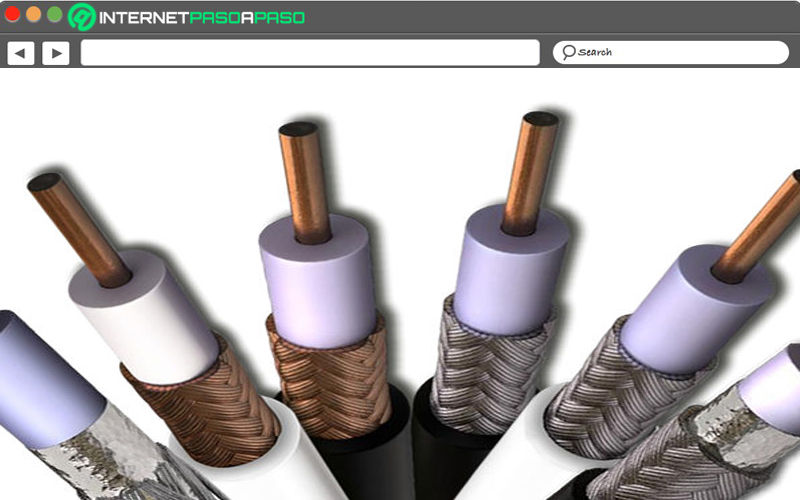
They are characterized by being cables very easy to handle, thanks to the fact that they are extremely flexible and light, as well as being very economical. which are covered by an insulator, a copper or metal braid, and an outer jacket and apart from that, they are made up of copper wires that make up their core.
For its part, this type of cables can be divided into two groups, which are: Thinnet and Thicknet. With respect to the former, they are based on thin, manageable and easy-to-use cables. On the other hand, the type thick net are the thick cables that, therefore, they are stiffer and also its core is wider than the Thinnet type. It should be noted that, among both classes of coaxial cables, the Thicknet is more optimal for transferring data over greater distances.
In general, any kind of coaxial cable is ideal for transmit data, video or voice files and in addition to this, they are preferred by most users due to its economy and safety.
fiber optic cable
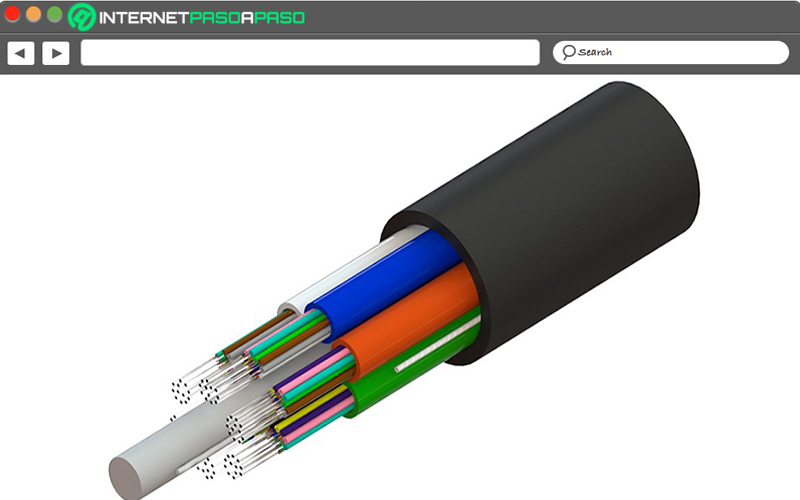
They stand out for transporting digital signals through modulated pulses of light. In this sense, by directing non-electrical impulses, they have the ability to send data more securely because they have no place to be stolen, since they cannot be punctured. In addition to this, they are distinguished from the rest by the possibility they have to transmit data with great capacity, in a very short time and at considerable distances.
It should be noted that its core is covered by a glass coating and on it, there is a rubber or plastic lining. In this way, since the glass threads are only capable of transmitting the signals in one direction, each of the cables has two of these wires with different wrapping. So, while one of those cables receives the signals, the other is responsible for transmitting them.
twisted pair cables
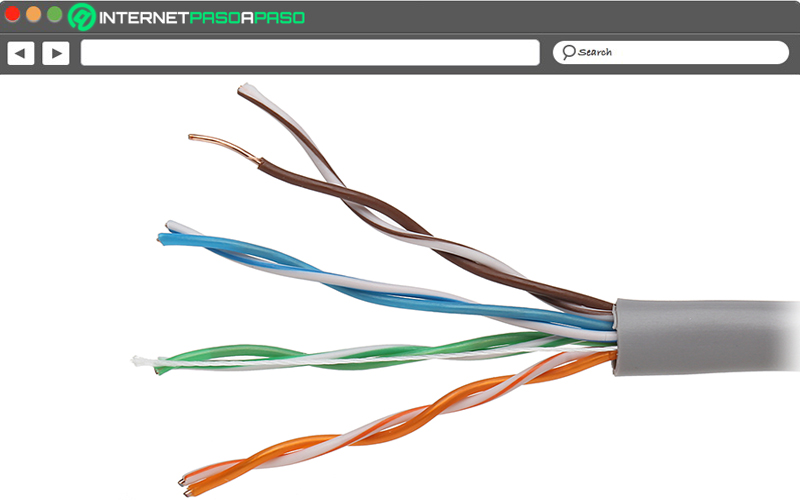
They consist of cables composed of two insulated and intertwined copper wires at the same time, which are divided into two groups with certain differences to take into account. These groups are STP or shielded and the UTP or unshielded.
In this sense, with respect to the UTP segments, we delimit that they show a length that does not exceed 100 meters and generally, they are made up of two copper wires that are always isolated. In contrast, shielded or STP cables have a braided copper cover which exhibits higher quality and protection, compared to unshielded cables.
For its part, keep in mind that, regardless of the type of twisted pair cable, each pair of wires is protected from sheets and thanks to that, it will be possible to transport a greater number of data and with great protection. Among the most outstanding uses of this class of cables, we find that they are used for simple connections and for LANs that have limited budgets.
Main differences
Next, the main distinctions that exist between these three types of cables detailed above:
Coaxial |
fiber optic |
twisted pair |
| It offers a bandwidth of 750MHz | Your bandwidth is 4700MHz | The bandwidth is 4700MHz also |
| It only accepts a distance of 500 meters | Allows a distance of 80km | Your available distance is up to 100 meters |
| Its price is 11.39 eurosabout | They are usually priced at €4.95 | The price of this is 9.80 euros |
| Its applications include power lines that connect radio transmitters and receivers with their antennas, computer network connectionsdigital audio, distribution of cable television signals and high definition media interface connections | These are widely used in data centers where you need transmit a large volume of data | Mainly, they are used in telephone networks, data networks and cable shielding |
| Although it reaches a greater distance, difficult to install and maintain | Being fragile and thinner than the other two, its installation and maintenance requires great care | It is less difficult to install and maintain |
- With regard a your bandwidth and distancecoaxial cable and twisted pair cable are somewhat similar in that they can both transmit telephone, data and television with electrical signals.
- However, between the two of them, the twisted pair cable is better. But, compared to fiber optic cable, it has higher capacity by delivering the same types of signals as the previous ones, but with wider bandwidth and higher frequencies.
- Among all these, the coaxial cable it is the most expensivewhile the fiber optic cable it is the cheapest.
- Generally, coaxial type cables exhibit more applications than the others. Taking into account that, even in terms of uses, fiber optic cables continue to be the most optimal for their ability to transmit large volumes of data.
- Regarding its installation, coaxial cables reveal a certain degree of difficulty, due to its dielectric insulator around the copper core. However, more care and installation time is required if fiber optic cable is preferred.
What aspects should you take into account before buying my Ethernet cable?
On the other hand, you may be wondering what things you should take into account when choosing an Ethernet cable that is truly optimal for your Internet connection.
Well, in order to solve this doubt, here we indicate what are the most important aspects to check when you are going to buy a network cable:
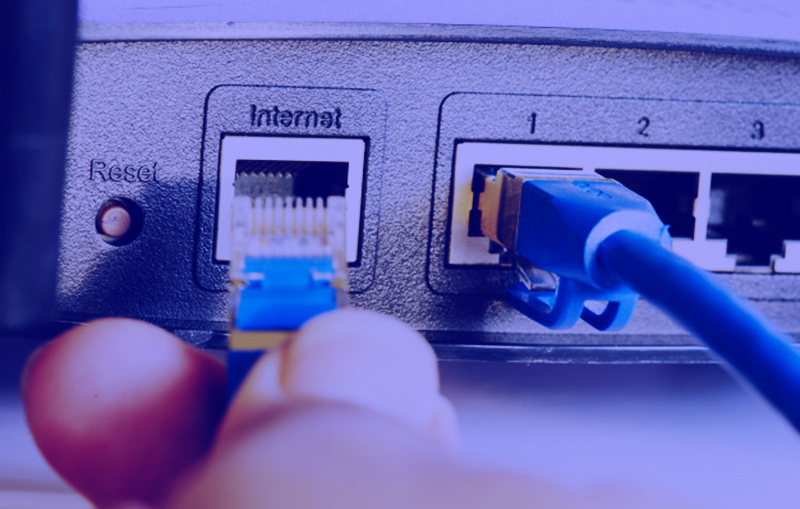
Check the speed of your Internet connection
One of the most important parameters to take into account when you are going to buy an Ethernet cable, is the speed of the connection. Since, if you have gigabit Internet, the use of a network cable will not be enough and it becomes obsolete.
Secondly, if you have a slightly slow internet connection, you will need to use an Ethernet cable. Now the question is, what type of network cable? Well, in this case, if the connection fluctuates between 10 or 20 megabits per second (which is considered slow), it will be effective use a Cat 5 or newer (5e, 6, 6a, 7, 7a and 8). Which refers to a category or type of a twisted pair cable.
Consider your router or router
It should be noted that cheap routers only support Ethernet up to 100 megabits per second and therefore, if you use one of them, you will have to be convinced that a network cable that is older than Cat 5 will cause you inconvenience and will not perform well. That is to say, you will have to use a network cable from Car 5 to Cat 8; for instance.
On the other hand, if you use one of the best home routers, you should keep in mind that they support more than Gigabit Ethernet. Reason why, using a cable of type Cat 6a and Cat 7 would be doubtful, in effect, would have to resort to a 7a or 8.
Check the network speed you need
If you are a common home user, this parameter will not be of much importance to you. On the other hand, if you are a user who you need to stream video content with absolutely high bandwidth or you must constantly moving large files between computers; You will need to take this into account when choosing a type of network cable for your connection.
In this sense, the best of these could make a significant difference. Therefore, you would have to do some research, depending on your needs, what speeds and frequencies require such activities on the webin order to select a coaxial, fiber optic or twisted pair cable, depending on its characteristics.
Check the type of shielding that protects it
Regarding twisted pair cables, it will be extremely important to verify the inscription that is printed on the outside of the cable, where the type of shielding is indicated. Those that are exposed by certain acronyms, of which we already introduced you to some in the previous section. Being these: UTP, STP and others like FTP and also a mixture of some of them, called SFTP.
Thus, it is worth considering Its main particularities when selecting the network cable that you are going to buy:
- Type UTP: It is a kind of twisted pair cable that lacks shielding, completely. For this reason, it is not the most suitable for use in embedded installations in which said cable shares ducts with other cables. However, it is the most usual for direct connections to the router over short distances.
- STP type: It consists of a shielded twisted pair cable that consists of a metallic sheath that has the function of covering each pair of twisted wires. Thanks to this, it is considered a good solution for protect, intensely, the signal that is transmitted by each of the twisted pairs.
- FTP type: Basically, they are four pairs of twisted cables that are kept covered by a metal sheet, which acts as a screen in order to protect them from any outside interference.
- SFTP type: It is defined as a mixture of both shielding systems, that is, STP and FTP. In such a way that each twisted pair is encapsulated within a protective foil and add extra coating that links the four twisted pairs.
Steps to choose the best possible network cable for your Internet connection
On the other hand, we want you to know which are the most important steps to follow when choosing the best network cable for your Internet connection, be it ADSL or fiber optic. But first, it is important delimit the most relevant characteristics in terms of the different categories that exist and of course, the ones that are mostly used.
This is because, when selecting the best Ethernet cable for your network connection, you will also have to choose between several categories and, therefore, it is that it is worth knowing their differences. Taking into account that, mainly, the category of a network connection cable allows you to specify the maximum speed that you will obtain with it when you use it. at distances less than 100 meters.
However, although we indicate that there are from Cat 5 to Cat 8, the truth is that for several years only 5, 5e, 6 and 6a have been used in domestic environments, especially. Therefore, here we indicate the most relevant distinctions between these categories:
Category |
Maximum speed (in Mb/s) |
Frequency (in MHz) |
Distance (in meters) |
Cat 5 |
10 to 100 | 100 | 100 |
Cat 5e |
10 to 1,000 | 100 | 100 |
Cat 6 |
10 to 1,000 | 250 | 100 |
Cat 6a |
10 to 10,000 | 500 | 100 |
On the other hand, the speed that network cables can guarantee, according to your categoryare:
- From Cat 5: 100Mbps.
- From Cat 5e: 1Gbps.
- From Cat 6: 1Gbps.
- From Cat 6a: 10Gbps.
Now, let’s start with everything you should take into account when choosing the best option for your network connection, depending on what it is:
for ADSL
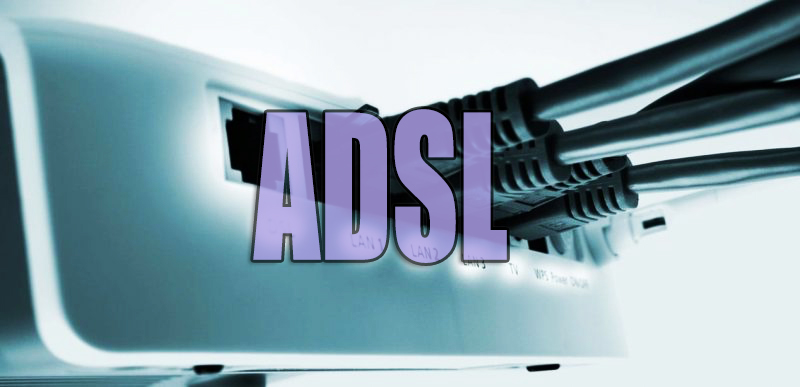
In the case of a ADSL connection that has a maximum speed of 20 to 30 Mbpsthe use of any cable from category 5 to category 6a, will be sufficient for optimal performance.
Taking into account that even when you use a Cat.5 cable you can lose a lot in the distance, but with its maximum speed of 100 Mbps, you are sure to specify the speed of 20 and 30 Mbps required by ADSL connections and with this, it will be possible to enjoy all the speed that the ISP delivers.
However, the foregoing will only be effective if you use this network on a regular basis and at a common domestic level. Insteadif you need to use the local network to exchange files with other computers or for streaming, it is best to increase the category of the cable. In other words, the best thing to do would be to use the one with 5ebecause it provides better speed and thus will guarantee the performance of the network in question.
In short, if you use a category 5 or 5e cable for your ADSL connection, you will be making a good choice for determine the best performance.
For Fiber Optic
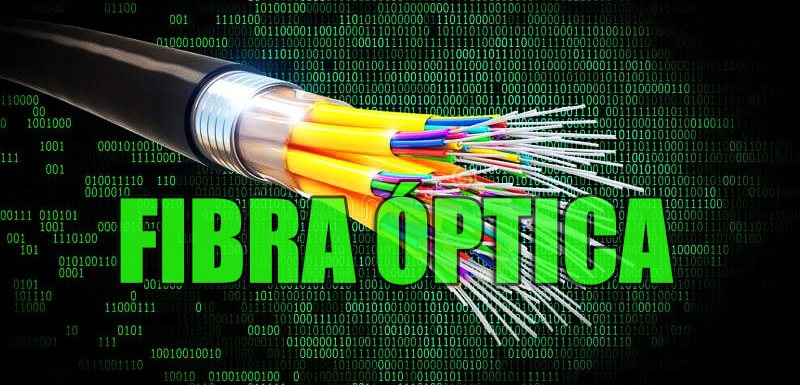
On the other hand, with the FTTH or fiber optic connections, the same does not happen with ADSL. So that, Cat. 5 cables will not suffice because usually these types of connections reveal more than 100 Mbps, that is, 200 or 300 Mbps. Reason why, only cables from category 5e onwards can meet this requirement.
However, Cat. 5e will only be optimal over short distances within a floor. But, in the condition of long distances (greater than 50 meters) or external interference, its excellent performance It is not guaranted and therefore the best thing you could do is opt for a Cat. 6 cable that allows you to ensure 100% use of your fiber optic connection and the local network.
In addition to this, it is also important that the router has a 10/100/1000 Gigabit Ethernet connectionjust like your computer. This, so that it can connect at the indicated speeds so that, with it, it can work perfectly.
Can I buy the ideal network cable for my ADSL or FTTH with my mobile operator?
Among other things, many people have doubts regarding the feasibility, whether there is or not, of acquiring the ideal Internet connection cable for their ADSL or Fiber Optic with the mobile operator and when in doubt, We clarify that if it is possible. Since, today, a large number of these mobile operators have activated that class of service for their usersdue to the remarkable need to install network cables around the world.
However, in certain cases, you will need to be very careful about the types of Ethernet cables you use. these operators usually offer with the routers. Since, additionally, some companies have chosen to give away these cables when their customers purchase a router along with Internet service.
So, being an additional benefit, they may exhibit poor quality; typically 2 pair only and category 5. Which will only allow you to achieve a speed of 100 Mbps and with it, the performance and quality of the network will be completely minimized.
Internet